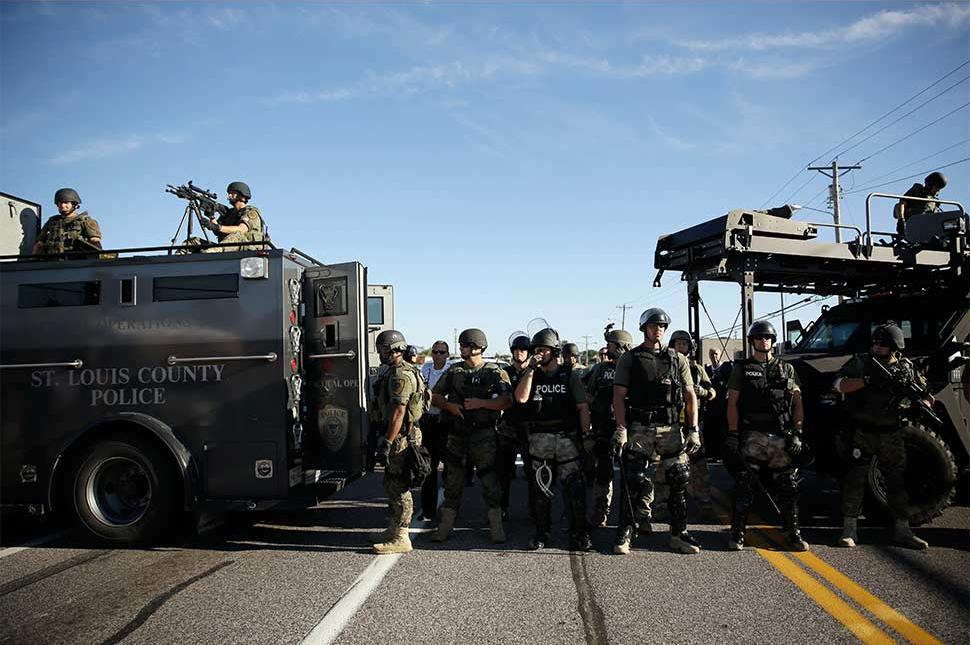By some strange twist of fate I happened to watch the Kill Team, a documentary about the infamous US platoon that intentionally murdered innocent Afghan men while on tour. When, in 2010 the military charged five members of the...
Not Surprised is Not Good Enough: what soldier atrocities in Iraq and Afghanistan can teach us about Ferguson
read more
